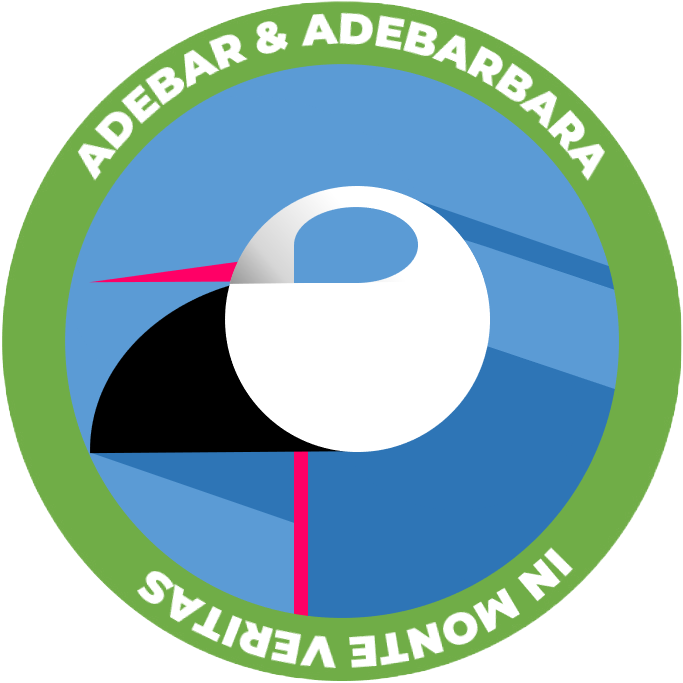UNESCO Biosphere Reserve "Elbe River Landscape"
Unique landscape, near-natural rivers and nature's retreat
The Elbe is not only the third largest river in Germany, but one of the few rivers in Central Europe with a river bed that can still meander and spread through the landscape. Here in the former border area, nature found a retreat during the German division and has become home to rare animal and plant species.
We are proud partners of the Biosphere Reserve "Elbe River Landscape". We commit to protect the environment and reduce the negative impact of our life on the nature around us.
Protected nature experience
The UNESCO biosphere reserve stretches about 400 km along the Middle Elbe and stretches across 5 federal states. Almost half of the reserve is in Saxony-Anhalt. The reserve is home or a stopover for many animal species and migratory birds.
Here you will find beavers, sea eagles, red kites, cranes, herons and white storks.
Experiences in nature
In addition to hiking, cycling and wildlife watching, you can also experience the Elbe up close:
For some years now it has been possible to swim in the river and even swim to the other side of the Elbe.
If you use the current right, it is not as exhausting as it sounds.
White storks
The Wahrenberger storks belong to the east pullers. They migrate across the Balkans, Turkey and Israel to Africa, where they spend the winter. Many white storks can be found in Tanzania or even in South Africa.
Fun Facts:
Adebar and Adebarbara only meet for the offspring in summer, but live separately in winter. Often, however, it is the same storks that remain loyal to each other over the years, and Adebar also defends its nest against competitors.
Beaver
The Elbe beaver was almost extinct, 100 years ago there were only 200 specimens left around the Middle Elbe.
Thanks to the nature conservation measures, there are now around 3,000 beavers residing here.
Fun Facts:
With a live weight of 25 kg and a body height of 1.25 m (4'1"), the Elbe beaver is the largest rodent in Europe. A beaver can hold its breath for up to 20 minutes.
Wild geese
When the storks are long gone, winter guests come from the north. Wild geese from Northern and Eastern Europe use the Altmark region as a stopover on their way to the south. All winter you can see the V-formations in the sky of Altmark.
Fun Fact:
Lake Arendsee, approx. 20 km away, serves as accommodation for up to 50,000 geese. When the geese leave in the morning, it is a unique natural spectacle.
founding
1979
recognition
1997
area
282,250 ha
River kilometres
400
Our Values
Being partners of the UNESCO Bioreserve "Elbe River Landscape" we commit to support the purpose and the goals of the organization.
- We protect the environment and support a socially, ecologically and culturally sustainable economy.
- We want to inform you and make you aware of the wonderful flora and fauna around us and how you.
- We only use certified environmentally friendly cleaning supplies.
- We only consume electrical power from 100% renewable energy sources.




